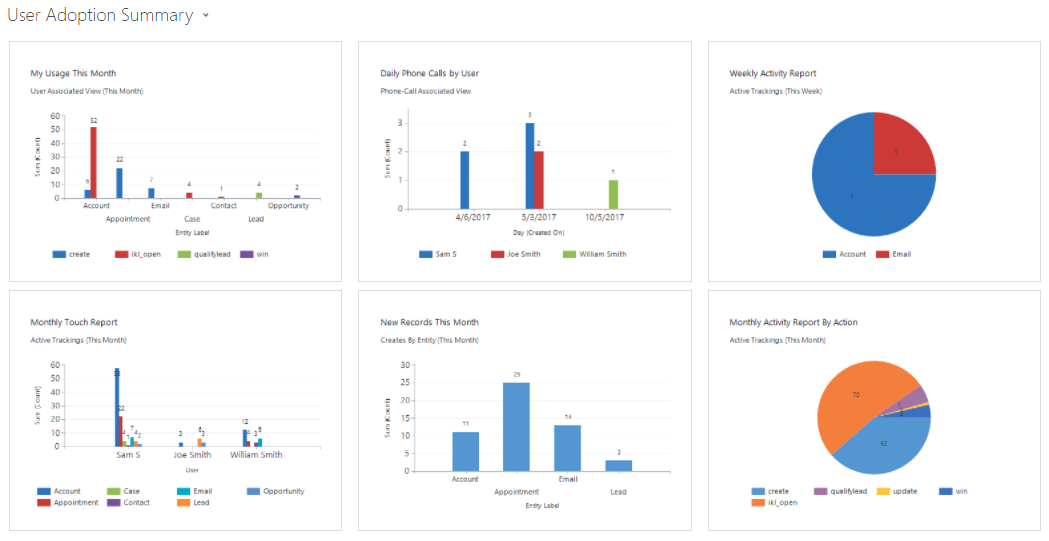Project Implementation Of CRM Presentation
| Introduction to CRM Project Implementation | ||
|---|---|---|
| CRM project implementation refers to the process of planning, executing, and controlling the implementation of a Customer Relationship Management (CRM) system within an organization. The objective is to improve customer relationships, streamline business processes, and increase overall efficiency and profitability. A successful CRM implementation requires careful planning, effective communication, and strong project management skills. | ||
| 1 | ||
| Key Steps in CRM Project Implementation | ||
|---|---|---|
| Define project objectives and scope: Clearly define the goals and objectives of the CRM implementation project, as well as the scope of the system and the processes it will cover. Conduct a thorough needs assessment: Identify the specific needs and requirements of the organization and its customers to ensure the CRM system meets those needs effectively. Select the right CRM solution: Evaluate and choose a CRM solution that aligns with the organization's requirements, budget, and technical infrastructure. |  | |
| 2 | ||
| Project Planning and Resource Allocation | ||
|---|---|---|
| Develop a detailed project plan: Create a comprehensive project plan that includes tasks, timelines, milestones, and responsibilities for all team members involved in the implementation. Allocate necessary resources: Ensure that the project team has the required resources, such as budget, staff, and technology, to successfully implement the CRM system. Define roles and responsibilities: Clearly define the roles and responsibilities of each team member involved in the implementation to avoid confusion and ensure accountability. |  | |
| 3 | ||
| Data Migration and Integration | ||
|---|---|---|
| Cleanse and migrate data: Cleanse and organize existing customer data to ensure accuracy and completeness before migrating it into the CRM system. Integrate with existing systems: Establish seamless integration between the CRM system and other existing systems, such as ERP or marketing automation tools, to enable data sharing and automate processes. Train users on data management: Provide training to users on how to effectively manage and update customer data within the CRM system to maintain data integrity and accuracy. |  | |
| 4 | ||
| Customization and Configuration | ||
|---|---|---|
| Customize the CRM system: Tailor the CRM system to meet the specific needs and requirements of the organization by configuring fields, workflows, and reports. Define user roles and permissions: Set up user roles and permissions to control access to sensitive customer data and ensure data security. Test and validate customizations: Conduct thorough testing and validation of all customizations to identify and resolve any issues or bugs before launching the CRM system. |  | |
| 5 | ||
| User Adoption and Change Management | ||
|---|---|---|
| Provide comprehensive user training: Offer comprehensive training to all users on how to effectively use the CRM system and its features to maximize its benefits. Communicate the benefits of CRM: Clearly communicate the benefits of the CRM system to all stakeholders, including employees, to gain their buy-in and support. Implement a change management strategy: Develop and implement a change management strategy to address any resistance to change and ensure smooth adoption of the CRM system. |  | |
| 6 | ||
| Go-Live and Post-Implementation Support | ||
|---|---|---|
| Perform a final system test: Conduct a final system test to ensure all functionalities are working as expected before going live. Gradual deployment: Implement the CRM system gradually, starting with a small group of users, and gradually expand to the entire organization to minimize disruption. Provide ongoing support and maintenance: Offer ongoing support, training, and maintenance to users to address any issues, provide guidance, and continuously improve the CRM system. |  | |
| 7 | ||
| Monitoring and Evaluation | ||
|---|---|---|
| Monitor system performance: Continuously monitor the performance of the CRM system to identify any bottlenecks, issues, or areas for improvement. Evaluate user feedback: Gather feedback from users to understand their experiences, challenges, and suggestions for improvement. Make necessary adjustments: Based on the monitoring and evaluation, make necessary adjustments to the CRM system, processes, or training to optimize its effectiveness. | ||
| 8 | ||
| Conclusion | ||
|---|---|---|
| Successful CRM project implementation requires careful planning, effective communication, and strong project management skills. By following key steps such as defining objectives, conducting a needs assessment, and selecting the right CRM solution, organizations can achieve improved customer relationships and increased efficiency. Ongoing monitoring, evaluation, and support are essential for continuously improving the CRM system and ensuring its long-term success. | ||
| 9 | ||


